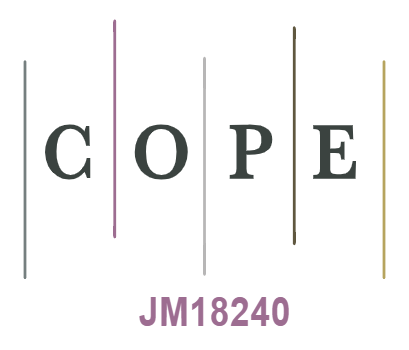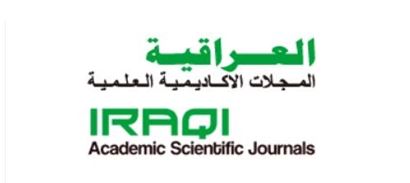The accuracy of pelvic magnetic resonance imaging in the diagnosis of ovarian malignancy in Iraqi patients in comparison with histopathology
DOI:
https://doi.org/10.32007/jfacmedbagdad.604479Keywords:
Keywords: ovarian cancer, adnexal lesion, Magnetic Resonance Imaging, diffusion-weighted imaging, Histopathology.Abstract
Background: Ovarian malignancy is considered to score the highest fatality among women due to lack of significant symptoms. Early diagnosis and treatment lead to good prognosis. Magnetic resonance imaging (MRI) plays a major role in the diagnosis by detecting the lesions and assessing their appearance and consistency.
Objective: To determine the accuracy of MRI in the diagnosis of ovarian malignancy and comparing this to histopathology as a gold standard test.
Patients and methods: A follow up study was conducted in the MRI unit of the Radiology Department in Baghdad Teaching Hospital / Baghdad Medical City Complex during the period from 1st of February to 31st of December, 2017 on a group of thirty women with clinically suspected adnexal mass(es). All patients were examined with MRI including the diffusion-weighted imaging. Surgical specimens were taken for histopathology assessment.
Results: A total of 30 women with adnexal mass were included in this study, with a mean age of 46.8±14.9 years. The MRI T1W image of the cystic part was dark in (60%), while the T2W image of the cystic part was bright (80%), T2W of the solid part was bright in (53.3%), T2W fat saturation of the solid part was bright in the majority (73.3%). T1W fat suppression contrast-enhanced of the solid part was avid in 66.7% of women with an adnexal mass; DWI of the solid part was bright in (76.7%). The mean apparent diffusion coefficient (ADC) value by MRI for women with adnexal mass was 0.9±0.3x103 mm2/sec. Histopathology mainly revealed mucinous cystadenocarcinoma in (10%) and low-grade serous adenocarcinoma in (10%).Validity of the results of MRI regarding malignant adnexal mass were sensitivity (90.9%), specificity (75%), +ve predictive value (90.9%), -ve predictive value (75%) and accuracy (86.6%). The appropriate cutoff value for apparent diffusion coefficient in differentiation between malignant and benign adnexal mass was 0.97 with 100% sensitivity and 90.9% specificity.
Conclusions: MRI and diffusion-weighted imaging is a valid and reliable technique in the diagnosis and characterization of ovarian malignancy.
J Fac Med Baghdad
2018;Vol.60, No.4
Received: Dec., 2018
Accepted: April, 2019
Published: May, 2019










 Creative Commons Attribution 4.0 International license..
Creative Commons Attribution 4.0 International license..


